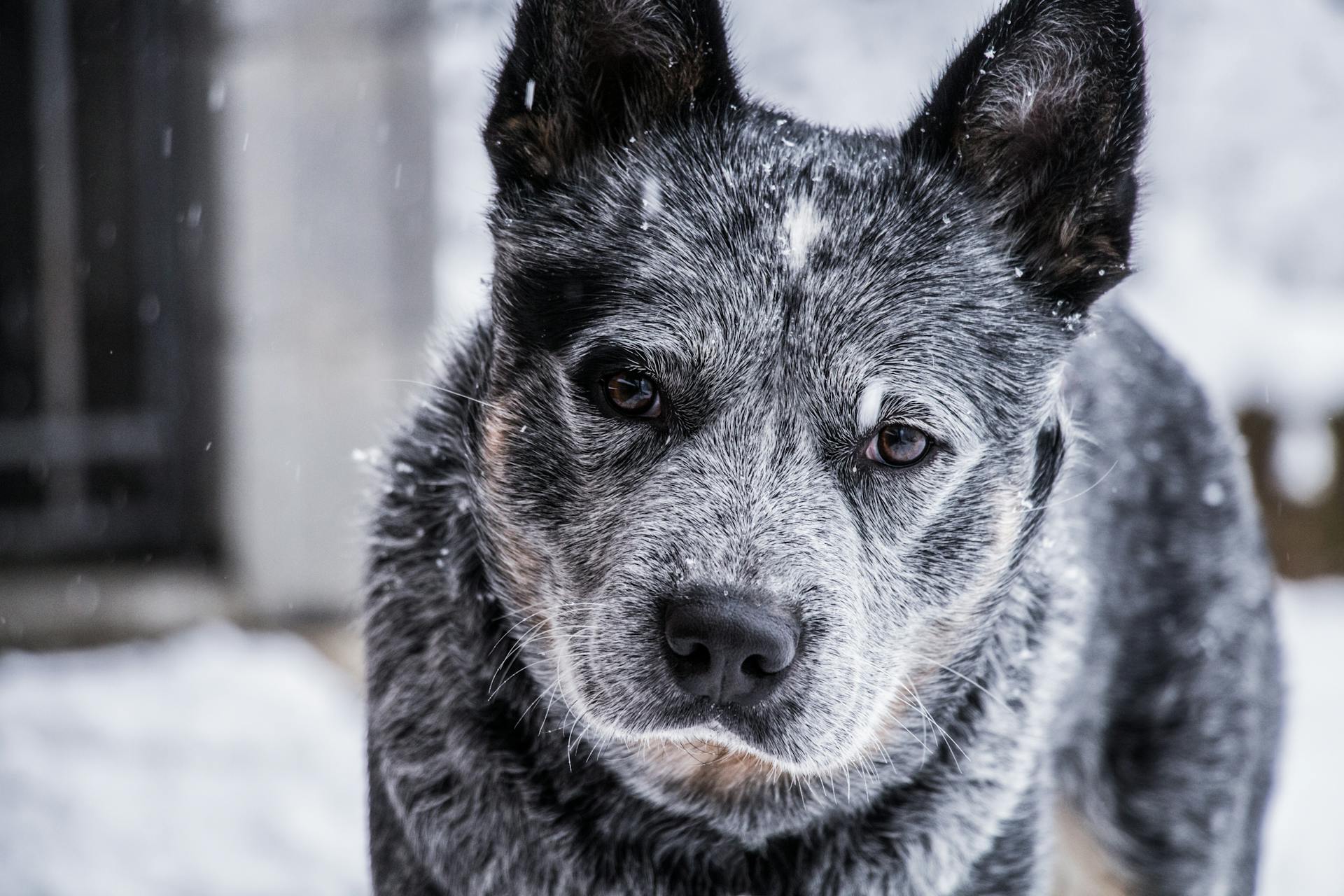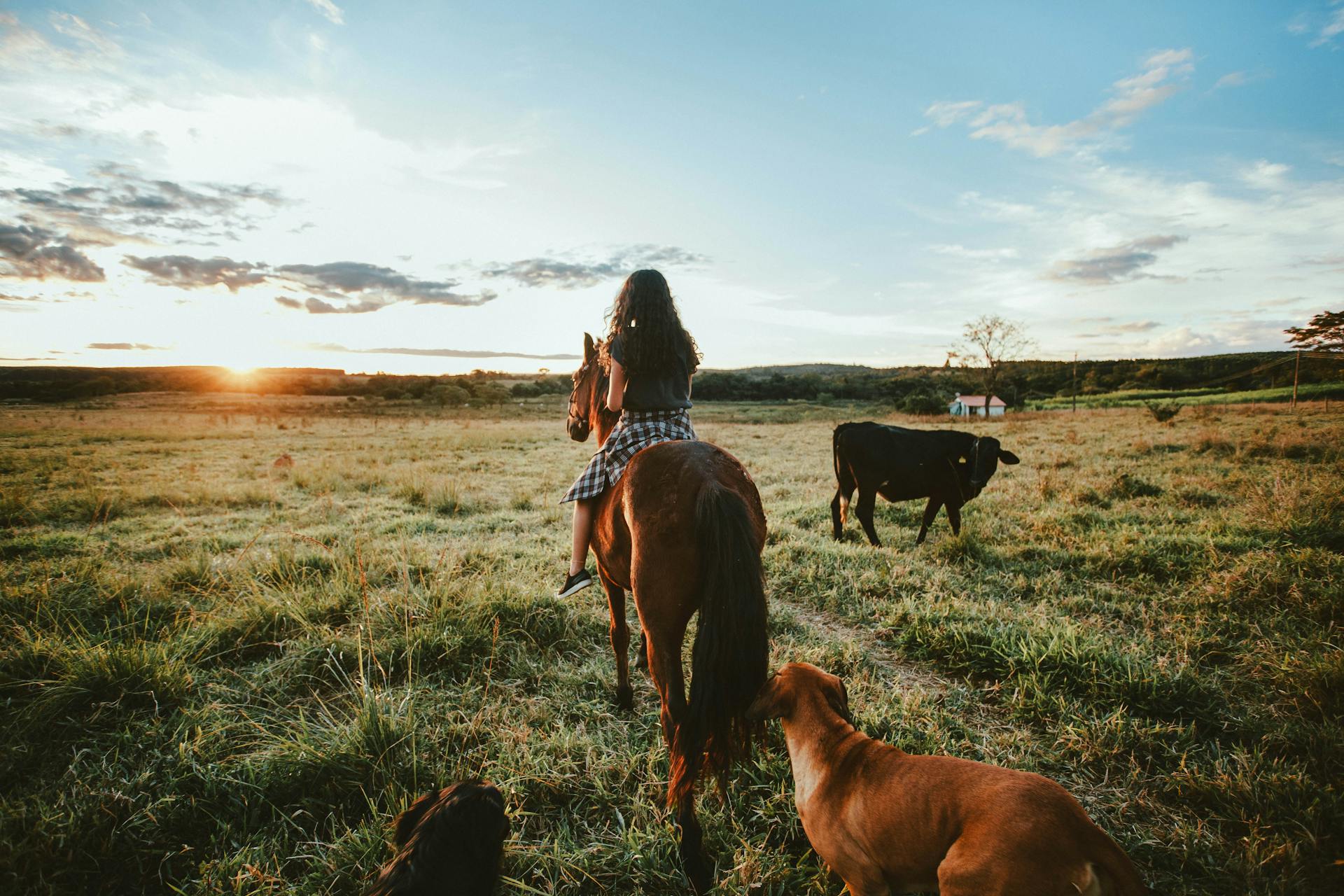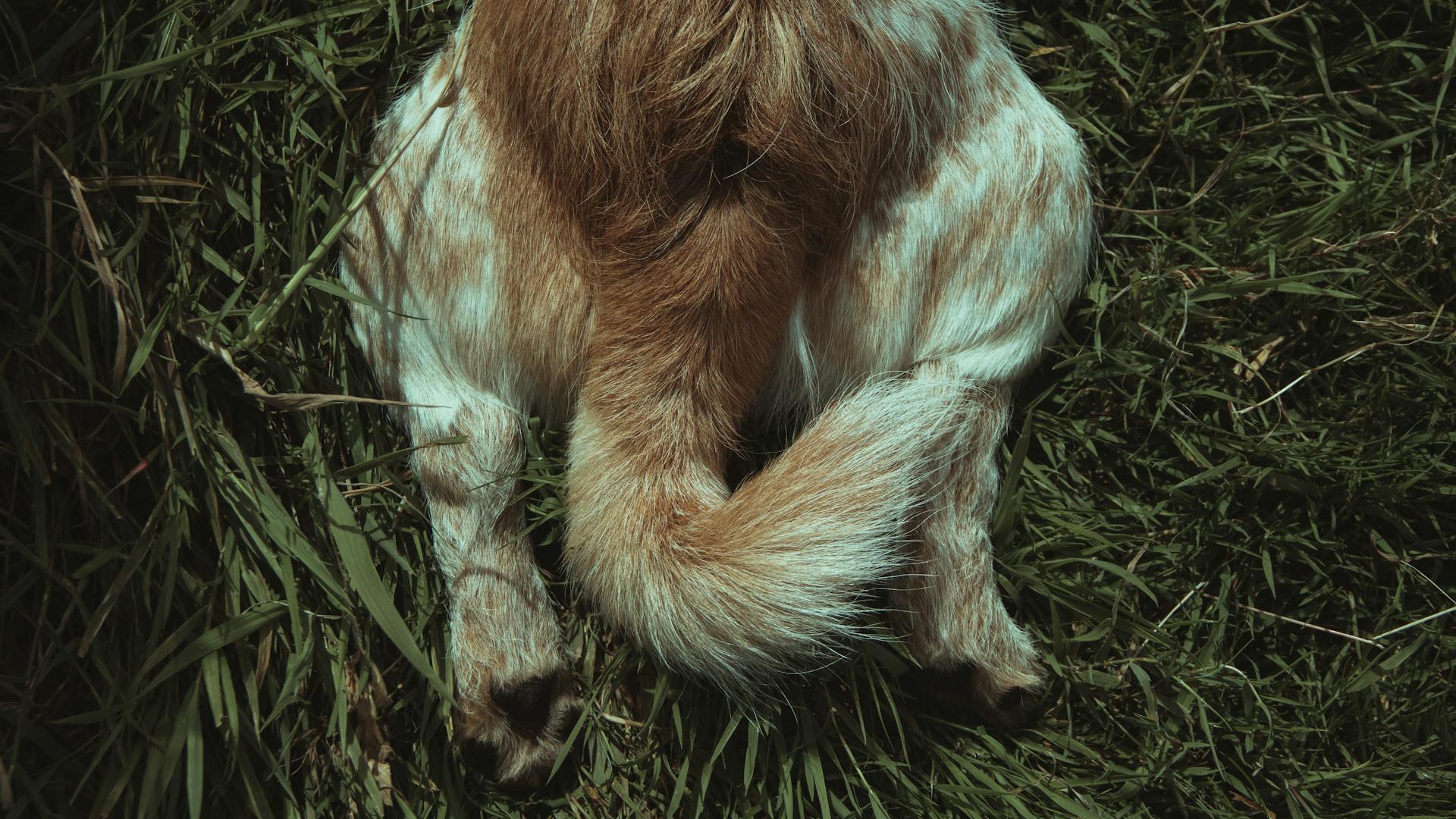
Cow hocked dogs can experience joint issues due to their abnormal gait, which may lead to arthritis and mobility problems.
A cow hocked dog's hind legs are often positioned under their body, putting uneven pressure on their joints, particularly the hocks and stifle joints.
This abnormal gait can cause chronic pain and discomfort for the dog, making everyday activities like walking and playing more challenging.
Regular exercise and a healthy diet can help maintain joint health in cow hocked dogs, but it's essential to avoid high-impact activities that may exacerbate joint issues.
Back Leg Issues in Dogs
Cow-hocked legs can be a sign of potential problems in your dog's hind legs. This condition can be due to genetics, conformation, or growth abnormalities.
Early detection is vital for prompt intervention. Consult a veterinarian to ensure your dog's continued well-being.
Cow-hocked legs can affect a dog's mobility and agility, straining the hock and hip joints, and causing exercise discomfort. Some dogs may experience fatigue or pain during exercise.
While there may not be a cure for cow-hocked legs, early intervention can involve controlled exercise, physical therapy, and maintaining a healthy weight to mitigate potential issues.
Here are some common signs of back leg problems in dogs:
- Limping or discomfort in the hind legs
- Abnormal gait or posture
- Joint strain or pain
- Exercise discomfort or fatigue
Early detection and veterinary care are crucial in addressing back leg problems in dogs. Maintain a balanced diet, limit strenuous exercise, and consult a vet if you notice any signs of back leg issues.
Responsible breeding practices can reduce the risk of genetic issues in future generations. Choose a reputable breeder focusing on breeding for health and genetic diversity.
Proper nutrition, controlled exercise, and vigilant care are essential in preventing back leg problems. Consult your veterinarian for personalized guidance tailored to your dog's condition.
Gait Problems
A cow-hocked dog's gait can be a giveaway of this condition. The hocks will move outside or inside the branch of the V-shape instead of up and down naturally.
The diagonal mat in the show ring is used by judges to identify the true extent of a hock problem. They walk the dog towards and away from them to see how the hocks move.
In a well-structured dog, the hocks will move up and down in a letter V. A cow-hocked dog's hocks will wobble so much that they may appear to move in both ways.
Some dogs with cow-hocked legs may swing their legs around in an arc during forward movements to avoid bumping their hocks together. This is a clear indication of the condition.
Here are some signs to look out for when checking your dog's gait:
- Hocks moving outside or inside the V-shape
- Hocks wobbling or moving in both directions
- Legs swinging in an arc during forward movements
Potential Health Concerns
Dogs with cow hocks can experience weakness in the rear, leading to gait abnormalities and reduced balance. This can make everyday activities like climbing stairs or jumping more challenging.
Some owners have reported using supplements to support their dogs' joint health, with Cosequin being a popular choice. Cosequin contains ingredients like glucosamine hydrochloride, sodium chondroitin sulfate, and MSM, which are commonly recommended for joint health.
Moderate to severe patella luxation can cause inflammation, pain, cartilage damage, and ligament tears in dogs with cow hocks.
East West Syndrome in Dogs
East West Syndrome in Dogs is a postural deviation where the thoracic limb externally rotates, causing the toes to face outward. This is not a specific medical condition, but rather an umbrella term that encompasses several distinct postural deviations.
There are several causes of East West, but one common reason is a condition known as East West Syndrome, which is characterized by an abnormal rotation of the thoracic limb. This can be caused by a variety of factors, including genetic predisposition and environmental influences.
Some breeds, such as Bulldogs and Pugs, are more prone to East West due to their unique skeletal structure. However, any dog can develop East West, regardless of breed or size.
Drawbacks of Being
Being cow-hocked can have some drawbacks, especially if you're planning to show your dog in conformation shows. You'll likely be penalized for this structural fault.
Dogs with even mild cases of cow-hocks can experience weakness in their rear, leading to gait abnormalities and reduced balance. This can make everyday activities like climbing stairs or jumping more challenging.
The severity of the condition can also impact your dog's health, with more severe cases potentially leading to luxating patella, a condition where the kneecap slips out of its normal position. This can cause pain, inflammation, cartilage damage, and ligament tears.
While some owners use supplements to support their dog's joint health, such as Cosequin, which contains glucosamine hydrochloride, sodium chondroitin sulfate, and MSM, it's essential to consult with a veterinarian before making any changes to your dog's diet.
Summary and General Information
A cow-hocked dog is a common conformation fault where the hocks are set inwards, resulting in a splayed appearance in the back legs.
The hocks are closer together and the toes point outwards, giving the dog a distinctive appearance. This trait does not go away over time, but a cow-hocked dog might become more muscled later in life, lessening the appearance of the cow hocks somewhat.
Mild to moderate cow hocks are normally harmless conformation faults, and cow-hocked dogs can still perform well in agility and in the field. However, severe cow hocks can be an indicator of hip dysplasia (HD).
Cow-hocked puppies are cow-hocked from birth, whereas cow hocks due to HD develop over time. If you suspect your cow-hocked pup has hip dysplasia, an X-ray under sedation or anesthesia is used to determine the severity of the condition.
Here are some key differences between cow-hocked puppies and those with hip dysplasia:
- Cow-hocked puppies are cow-hocked from birth
- Cow hocks due to HD develop over time
Gait and Mobility Issues
A cow-hocked dog may alter its gait or posture, potentially affecting its mobility and agility. This can be due to the abnormal positioning of the hind legs, which can strain the hock and hip joints.
The hocks of a well-structured dog will move up and down naturally in a letter V, while a cow-hocked dog will move their hocks outside or inside the branch of the V-shape.
Gait problems caused by cow-hocked legs can be challenging to detect, especially in the show ring. However, walking a dog towards and away from you is the best way to identify the true extent of a hock problem.
A dog who is extremely cow-hocked may swing their legs around in an arc during forward movements to avoid bumping their hocks together. This can be a clear indication of the underlying issue.
Some common signs of gait problems in cow-hocked dogs include:
- Abnormal movement or posture
- Limping or stiffness in the hind legs
- Discomfort or fatigue during exercise
Early detection and veterinary care are crucial in addressing gait and mobility issues in cow-hocked dogs. A veterinarian can perform a thorough examination, potentially including X-rays or other diagnostic tests, to identify any underlying issues.
By working with a veterinarian and making lifestyle adjustments, such as controlled exercise and proper nutrition, you can help improve your cow-hocked dog's gait and mobility.
Correcting Dog Behavior
Correcting cow-hocked dog behavior is a challenging task, but it's not impossible. Most treatments will focus on strengthening the hindquarters of the dog to help mask the appearance of the cow hocks.
Exercising your dog on an uphill walk is a great way to increase hind leg strength. This can be done by walking your dog on a trail or a slight incline in your neighborhood.
Swimming is another excellent exercise for cow-hocked dogs, as it provides low-impact strengthening for the hind legs.
Effects of Being Owned by Dogs
Being owned by a dog can be a wonderful experience, but it's not without its challenges. In fact, severely cow-hocked dogs may struggle with luxating patella, weakness in the hind legs, and an abnormal gait.
You might not even notice the effects of being owned by a dog, especially if your furry friend is only slightly cow-hocked. Many slightly cow-hocked dogs excel in the field and in agility.
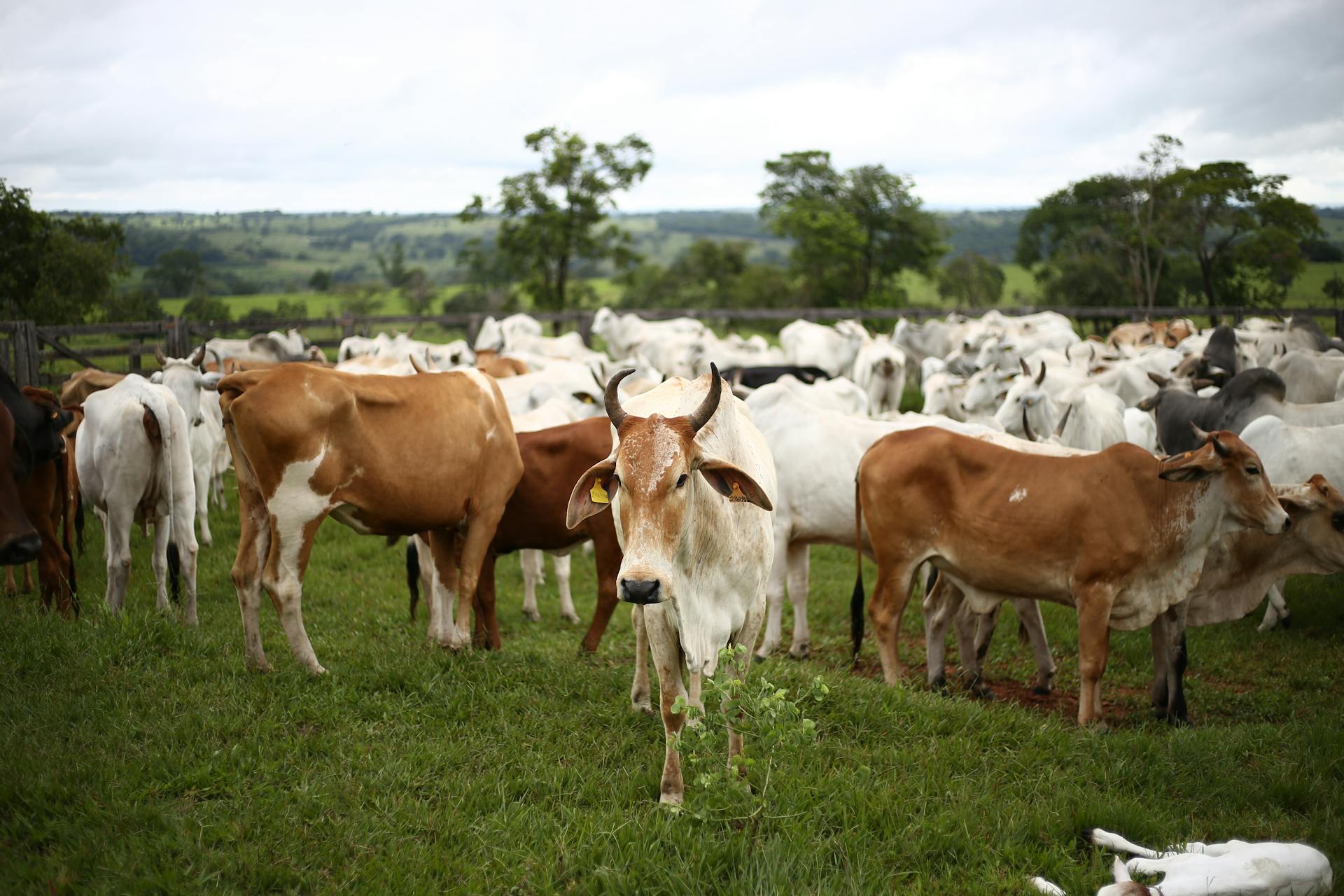
However, if your dog is severely cow-hocked, it can be a symptom of hip dysplasia (HD) in dogs. The OFA offers radiologist screening for HD, which can help you determine the underlying cause of your dog's condition.
Being owned by a dog requires attention to their physical and mental health, and being aware of potential issues like cow-hock can help you provide the best care possible.
Correcting Dog Behavior
Correcting dog behavior requires patience and consistency. Cow-hocked dogs, for instance, can't be completely corrected, but exercises like uphill walks and low hurdles can help strengthen their hindquarters and mask the appearance of cow hocks.
Uphill walks are a great way to increase muscle power in a dog's rear-end. This can be done by taking your dog on regular walks up stairs or inclines.
Low hurdles can also be used to strengthen a dog's hind legs. By jumping over small obstacles, your dog will build up their muscle power and reduce the outward appearance of cow hocks.
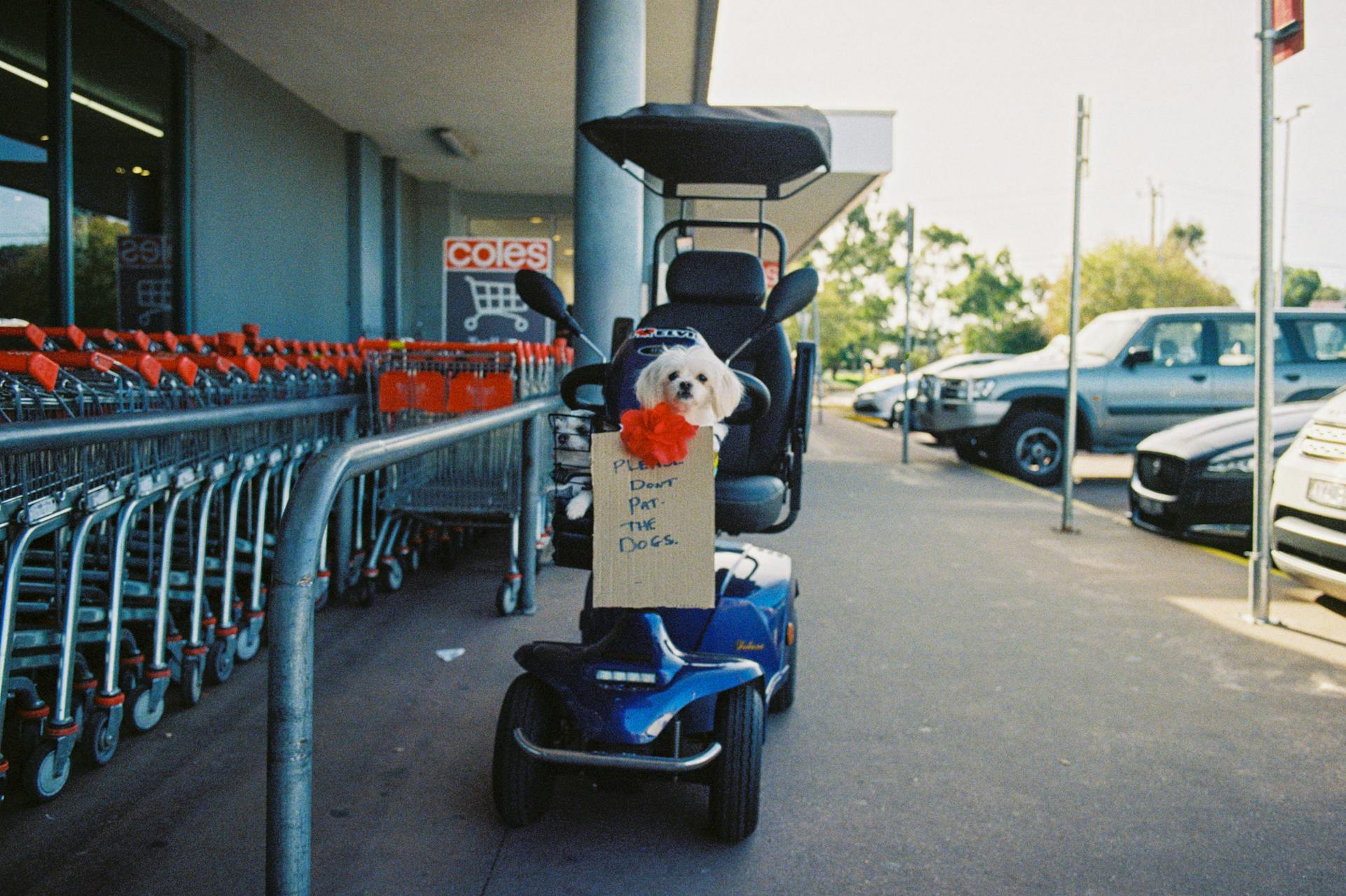
Swimming is another excellent exercise for cow-hocked dogs. The water provides a low-impact environment that allows your dog to build up their muscle power without putting excessive strain on their joints.
Exercising on a treadmill in water can also be beneficial for cow-hocked dogs. This type of exercise combines the benefits of swimming with the added challenge of walking on a moving surface, which can help to build up your dog's muscle power and endurance.
Herding Ability and Behavior
Cow-hocked dogs are most common in herding breeds and bully breeds.
Some people believe that cow hocks enhance the cornering abilities of herding and pastoral dogs.
According to proponents of this theory, moderately cow-hocked dogs work using quicker, tighter turns and faster bursts of speed.
However, there are no studies that verify if this is true or not.
For another approach, see: Dog Breeds Watch Dogs
Frequently Asked Questions
Does cow-hocked mean hip dysplasia?
No, cow-hocked is not a sign of hip dysplasia, and the two conditions are unrelated. However, if your puppy is severely dysplastic, you may notice other signs such as standing with knees together and shifting weight forward.
Can you breed a dog with cow hocks?
Breeding a dog with cow hocks is not recommended due to its hereditary nature. Affected dogs should not be bred to prevent the condition from being passed on to future generations.
Sources
- https://gsdcolony.com/blogs/news/german-shepherd-back-legs-problem
- https://canineconditioningcoach.com/correcting-cow-hock-alignment-exercises-to-improve-posture-and-muscle-balance/
- https://breedingbusiness.com/cow-hocked-dogs/
- https://groups.google.com/g/rec.pets.dogs.health/c/MYKNslsARtU
- http://siriusdog.com/orthopedic-hocks-dog/
Featured Images: pexels.com
